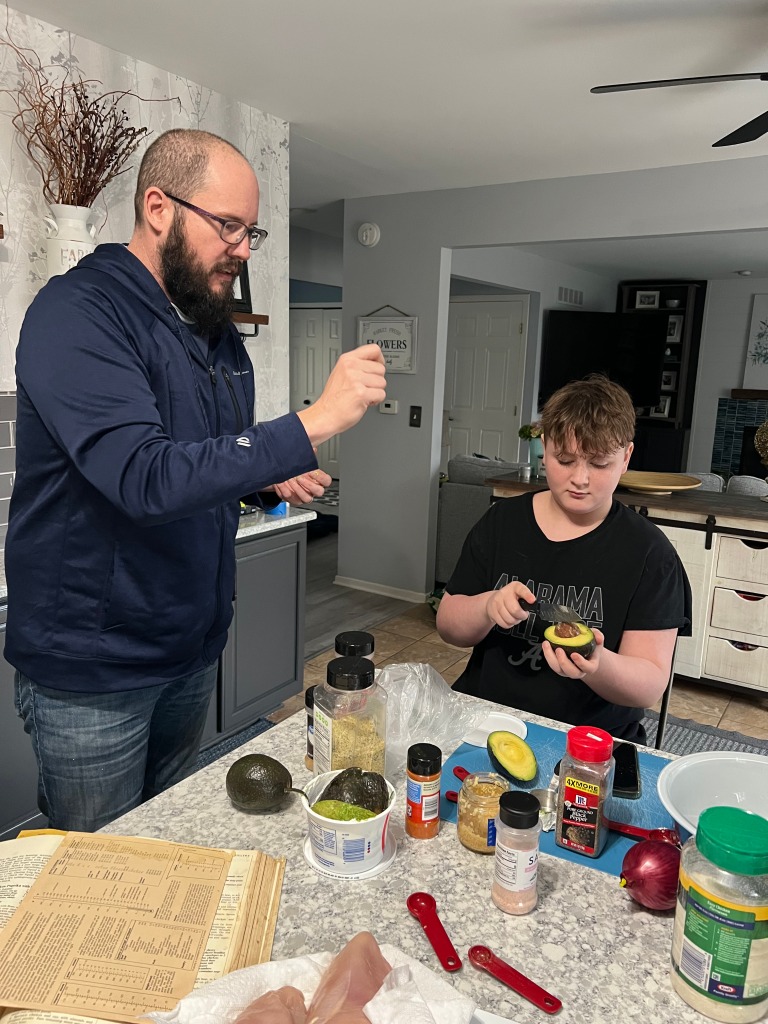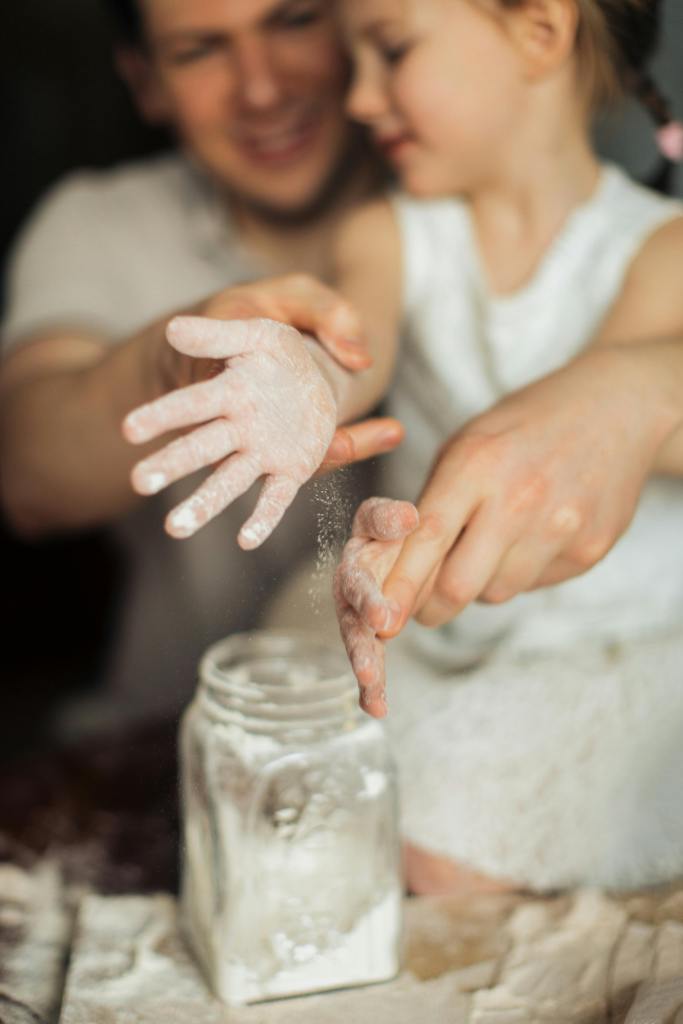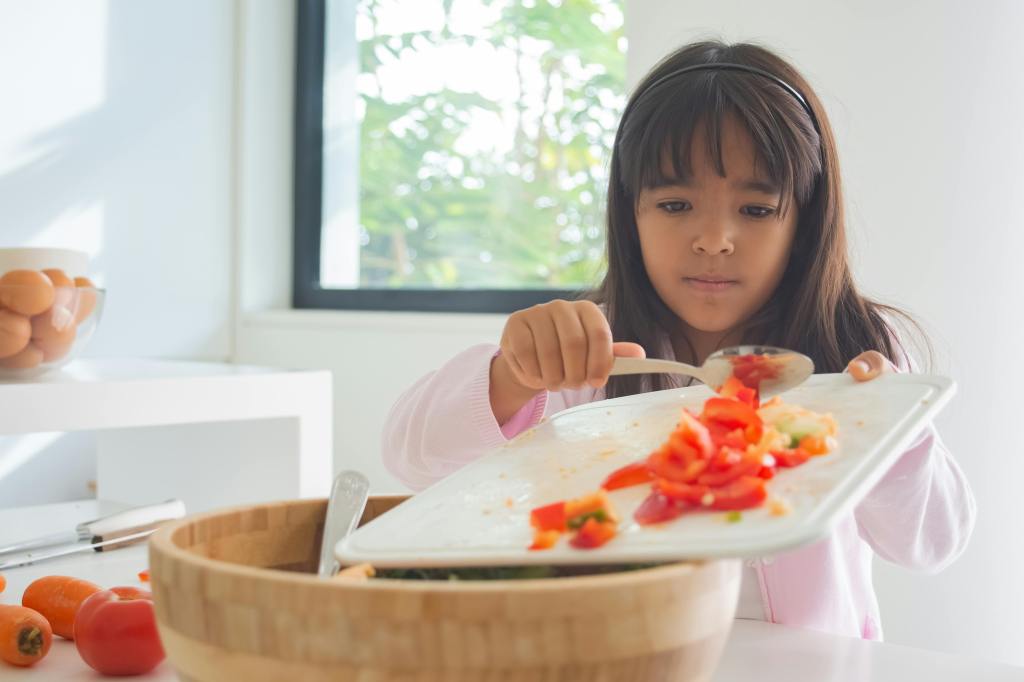
The importance of educational field trips for elementary school children
Anyone who has followed me for any amount of time here or on my Facebook & Instagram pages knows I am an advocate for local food & farmers markets. I spent nearly 15 years behind the table as a vendor, and almost that long in front on the table as a market manager. I love the atmosphere. I love the vibe. I love supporting local. I recently started selling again at a local farmers market and I couldn’t be happier!
As a farmer and home gardener, I have always believed in the power of experiential learning. I was fortunate enough to have managed a farmers market where annual school field trips took place. It is so rewarding to see all these little future market goers learn where food really comes from.. or at least where it should come from.
Taking children out of the classroom and into the real world can have a profound impact on their understanding and retention of knowledge. One type of educational field trip that I highly recommend for elementary school children is a visit to the local farmers market. Not only does this outing provide a fun-filled day of exploration, but it also teaches children about the concept of farm-to-table and the importance of supporting local food producers.

Introducing the concept of farm-to-table and local food
Before embarking on the field trip, it is crucial to introduce the concept of farm-to-table to the children. This can be done through classroom discussions, videos, and interactive activities. Explain to them that the food they eat doesn’t magically appear on their plates, but rather comes from farms where farmers work hard to grow and harvest it. Emphasize the benefits of eating locally sourced food, including its freshness, nutritional value, and positive impact on the environment. Encourage the children to think about where their food comes from and how it reaches their table.
The benefits of visiting a local farmers market
A trip to the local farmers market offers numerous benefits for elementary school children. Firstly, it provides a hands-on experience that allows children to see and touch the fruits, vegetables, and other produce they have learned about in the classroom. This sensory experience helps to solidify their understanding of different types of food and their nutritional value. Additionally, visiting a farmers market exposes children to a wide variety of fresh and seasonal produce that they may not be familiar with. This can expand their palate and encourage them to try new foods, promoting healthy eating habits. Furthermore, a visit to the farmers market supports the local community and economy by directly purchasing from local farmers and vendors.
Where do you find a local farmers market? Here are two wonderful resources: MIFMA (Michigan Farmers Market Association) and Local Harvest!
To learn more about local farmers markets, check out my YouTube video where I interview Amanda Shreve, Executive Director for MIFMA below! Be sure to SUBSCRIBE
Planning and organizing a field trip to the local farmers market
Organizing a successful field trip to the local farmers market requires careful planning and coordination. Start by reaching out to the farmers market manager or organizer to discuss the possibility of a school visit. Most farmers markets are happy to accommodate educational field trips and may even offer special activities or tours for children. Once you have confirmed the date and time, communicate with parents to obtain permission slips and any necessary medical information. Arrange transportation to and from the farmers market, ensuring the safety and comfort of the children.

Preparing the children for the field trip
Before the field trip, it is essential to prepare the children for what they will experience at the farmers market. Discuss the purpose of the trip, review the concept of farm-to-table, and explain the various activities they will engage in. Encourage the children to come up with questions they would like to ask the farmers or vendors. Provide them with notebooks or worksheets to record their observations and findings during the trip. This pre-field trip preparation will enhance their engagement and make the experience more meaningful.
Activities and interactive learning opportunities at the farmers market
A well-planned field trip to the local farmers market should include a range of activities and interactive learning opportunities. Upon arrival, divide the children into smaller groups and assign each group a specific task or scavenger hunt. For example, one group could be responsible for identifying different types of fruits, while another group could focus on vegetables. Encourage the children to interact with the farmers and vendors, asking questions about the produce, its cultivation, and any other related topics. Some farmers markets may offer additional activities, such as seed planting or vegetable harvesting, which provide hands-on experiences for the children.

Teaching children about different types of produce and their nutritional value
One of the primary goals of the field trip is to educate children about different types of produce and their nutritional value. As the children explore the farmers market, guide them in identifying various fruits, vegetables, herbs, and other products. Explain the nutritional benefits of each item and discuss how they contribute to a healthy diet. Encourage the children to ask questions about the origins, growing conditions, and preparation methods of the produce. This interactive learning experience will broaden their knowledge of food and nutrition, empowering them to make healthier choices.
Engaging the children in hands-on experiences, such as planting seeds or harvesting vegetables
To foster a deeper connection between the children and the food they consume, incorporate hands-on experiences into the field trip. Depending on the activities offered at the farmers market, the children can engage in planting seeds, caring for plants, or even harvesting vegetables. These experiences allow the children to witness the process of food production firsthand, from seed to plate. They will gain a greater appreciation for the effort and care that goes into growing the food they enjoy. Additionally, hands-on activities promote critical thinking, problem-solving, and teamwork skills.

Join the list
Join hundreds of our subscribers and be the first to know about new content and special offers.
Incorporating fun-filled games and challenges into the field trip
To make the field trip to the local farmers market even more enjoyable for the children, incorporate fun-filled games and challenges throughout the day. For example, you could organize a scavenger hunt where the children have to find specific fruits, vegetables, or other products. Alternatively, you could create a taste-testing station where the children can sample different foods and guess their names or nutritional benefits. These games not only entertain the children but also encourage active participation and reinforce the knowledge they acquire during the trip.
Reflection and follow-up activities after the field trip
After returning from the field trip, it is crucial to provide time for reflection and follow-up activities. Encourage the children to share their experiences, thoughts, and observations with the class. Have them write or draw about their favorite moments or the most interesting thing they learned. This reflection helps solidify their understanding and allows them to process the information they absorbed during the trip. Additionally, consider organizing a cooking or recipe-sharing activity where the children can use the knowledge gained from the farmers market to create healthy and delicious dishes.
Partnering with local farmers and vendors for future educational opportunities
Building a strong relationship with local farmers and vendors opens the door for future educational opportunities. Consider inviting them to the school to give guest lectures or demonstrations on topics related to farming, sustainable agriculture, or food production. Arrange for the children to visit a local farm, allowing them to witness the entire farm-to-table process from start to finish. These ongoing partnerships provide valuable learning experiences and reinforce the lessons taught during the field trip to the farmers market.

Evaluating the success of the field trip and making improvements for future trips
To ensure the success of future field trips to the local farmers market, it is essential to evaluate the effectiveness of the current trip and make any necessary improvements. Gather feedback from the children, parents, and teachers involved in the excursion. Consider their opinions on the activities, organization, and overall experience. Use this feedback to refine the itinerary, enhance the learning opportunities, and address any concerns or suggestions raised. By continuously evaluating and improving the field trip, you can provide the best possible educational experience for elementary school children.

A field trip to the local farmers market offers elementary school children a unique and enriching educational experience. It introduces them to the concept of farm-to-table and teaches them about the importance of supporting local food producers. By planning and organizing the trip effectively, preparing the children beforehand, and incorporating various activities, the field trip becomes a fun-filled adventure that promotes hands-on learning and healthy eating habits. Through partnerships with local farmers and vendors, the educational opportunities extend beyond the day of the trip. By evaluating and improving the experience, we can create a lasting impact on the children’s understanding of food and their connection to the local community.
CTA: If you are an educator or parent, I encourage you to consider organizing a field trip to your local farmers market for elementary school children. The educational benefits and fun-filled experiences are invaluable in fostering a deeper understanding of food, nutrition, and the importance of supporting local farmers. Take the first step and start planning your own farm-to-table adventure today!














